“Why is it that despite possessing a treasure trove of natural-born settings, it is still just… potential? I don’t want to call it potential anymore. Now we have to change,” Dr. Ngo Phuong Lan, President of the Vietnam Cinema Promotion and Development Association, strongly expressed her opinion.
Many missed opportunities
In his speech at the conference “Tourism, Cinema and Sports : Building the future - a long journey together” held in early September in Binh Dinh, Dr. Nguyen Van Tinh, former Director of the Department of International Cooperation (Ministry of Culture, Sports and Tourism), recalled a sad story: the case of the movie Tomorrow Never Die. The foreign partner spent up to 4 million USD to prepare the scene in Ha Long Bay, then suddenly received a notice of refusal to grant permission to film in Vietnam. “This has had negative consequences for our reputation in cooperating with international cinema. For a long time after that, Hollywood film studios and many other countries did not come to Vietnam to make films,” Mr. Nguyen Van Tinh emphasized.

According to Dr. Ngo Phuong Lan, the number of international film projects filming in Vietnam can be counted on the fingers of one hand, while Thailand attracts about 100 film crews each year. If film crews do not receive many incentives when filming in Vietnam, they will choose places with similar landscapes like Thailand, the Philippines or other countries that welcome them. Thus, we will lose many customers.
Sharing the same view, Associate Professor Dr. Do Lenh Hung Tu, Chairman of the Vietnam Cinema Association, suggested that there should be a synchronous connection between ministries and sectors, not just the cultural sector. He emphasized that countries like Thailand and Malaysia refund or exempt taxes for film crews coming to and hiring workers in their countries. We should refer to these to contribute to the development of the Vietnamese film industry, attract more foreign film crews, and create favorable conditions for Vietnamese people in the service sector.
Before the 2022 Cinema Law (amended) was issued, many directors and film producers said that applying for permission and using sets in Vietnam was very complicated and time-consuming. Vietnam did not have preferential policies for international film crews, nor tax policies for them. Filmmaking services in Vietnam were also not uniform and professional. Although the law took effect from the beginning of 2023 and provided tax incentives for foreign organizations producing films in Vietnam, there was still no specific guiding decree. According to Mr. Nguyen Chau A, General Director of Oxalis Adventure, the first cave exploration tourism company in Vietnam, compared to other destinations in the region, Vietnam is currently considered a new and attractive destination for foreign films. Foreign filmmakers hope that Vietnam will create more favorable conditions for licensing film projects, support security and order, and maintain confidentiality during filming.
Producer Tran Thi Bich Ngoc shared that the capital recovery process for foreign investors is very slow, lasting from 6 months to many years. There are films released in theaters since 2019 that have not yet completed capital recovery procedures. This creates great risks, making foreign investors hesitant to participate in the film production market in Vietnam. As cinema integrates internationally, the inability to receive foreign capital is limiting the development of film businesses and leading to limited development of the entire film industry.
Meanwhile, countries such as France, South Korea, Malaysia and Thailand have clear preferential policies for foreign film crews, helping them significantly reduce production costs. For example, in France, tax exemption and reduction policies and import regimes specifically for film set props can help international film crews reduce production costs in this country by up to 50%. South Korea has always been at the forefront of attracting and supporting foreign film crews, sponsoring about 20% of film costs for filming scenes here, proactively sending survey teams to other countries to introduce and seek opportunities to attract film crews. Malaysia reimburses up to 30% of production costs made in the country for foreign film crews. Thailand reimburses 15% of tax for foreign film crews spending over 50 million baht in Thailand, plus an additional 5% if they use local workers and promote a positive image of the country.
Small but not small thing!
Director Trinh Dinh Le Minh said that many localities have realized that film crews coming to film is an opportunity to promote their image, thereby creating a need for sightseeing and tourism. However, many localities have not yet proactively used budget resources to support film crews. Coordination activities stop at granting scene permits, managing urban order and urban space. Analyzing further, producer Mai Thu Huyen said that film crews pay great attention to the scene and preferential policies from provinces and cities, because sending large film crews and equipment to film is costly. Every filmmaker wants to have beautiful, unique scenes, but not everyone can afford to travel far while the film budget is limited. Filming in Hanoi and Ho Chi Minh City, although not having the advantage of wild, natural scenery, has a clear advantage in terms of personnel and equipment. In provinces with many beautiful places and landscapes but not convenient for travel, production is considered more carefully.
In addition to the setting, every film crew wants to choose a location that can easily mobilize human resources to meet the conditions for the film production process. Because any film crew needs a lot of technical staff and extras at the filming location. Localities with local human resources, knowledgeable and trained in film will have a great advantage, although not all provinces and cities can meet this requirement at present. This is also one of the reasons that hinder the attraction of film crews. This is also true in the story of attracting and cooperating internationally. Missing the opportunity to attract film crews to film also means we lose the opportunity to learn, practice, and improve our professional capacity.
Regarding creating attraction through policies, French film expert Franck Priot shared: “When watching the martial arts performance in Binh Dinh, I found it more attractive than a music show. We should have combined tourism, cinema and sports a long time ago. But, back to the issue of whether the leaders want film crews to film locally? If so, what policies and incentives do the localities have to work with and attract film crews to film?” According to this expert, the commitment of each province to filmmakers is not enough, and the policy of tax refunds for local film crews should be implemented soon.
Similarly, Ms. Ngo Thi Bich Hanh, General Director of BHD Company, cited that if filming at Hoan Kiem Lake (Hanoi), one must have a permit from the Department of Culture and Sports, the ward, the green park company, and sometimes even ask for permission from the Hanoi People's Committee. "If a film crew films at 5 locations in one day, each location needs 3 sub-licenses, it will be very difficult. Therefore, film crews hope to have a unified management agency so that when needed, they only have to contact a single agency," Ms. Ngo Bich Hanh suggested.
According to Mr. Ha Van Sieu, Deputy Director of the Vietnam National Administration of Tourism: “Up to now, tourism promotion activities through cinema still do not have a clear direction, there has not been a full study and assessment of the potential and influence of cinema on tourism promotion, so that there can be appropriate investment in tourism promotion activities through cinema. This activity needs to be considered an official tourism promotion channel, included in the national tourism promotion program to create momentum and lead the promotion of cinema tourism activities in localities”.
MAI AN - VAN TUAN
Source: https://www.sggp.org.vn/dien-anh-du-lich-dung-de-tiem-nang-mai-tiem-an-bai-3-tiem-nang-thanh-loi-the-di-mai-chua-thanh-duong-post762006.html



![[Photo] Prime Minister Pham Minh Chinh chairs a meeting of the Government Standing Committee to remove obstacles for projects.](https://vphoto.vietnam.vn/thumb/1200x675/vietnam/resource/IMAGE/2025/10/06/1759768638313_dsc-9023-jpg.webp)

![[Photo] Prime Minister Pham Minh Chinh chaired a meeting of the Steering Committee on the arrangement of public service units under ministries, branches and localities.](https://vphoto.vietnam.vn/thumb/1200x675/vietnam/resource/IMAGE/2025/10/06/1759767137532_dsc-8743-jpg.webp)






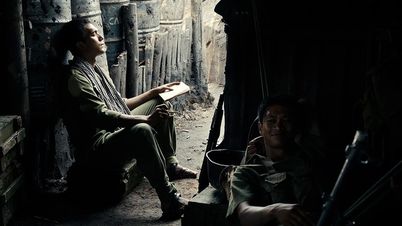



















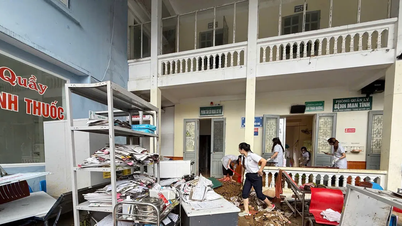
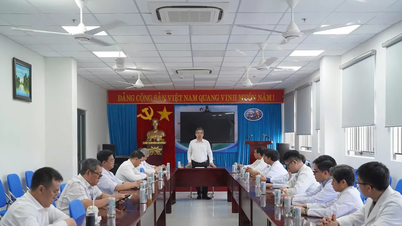






















































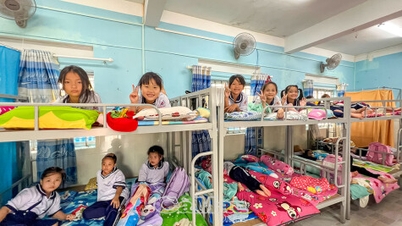

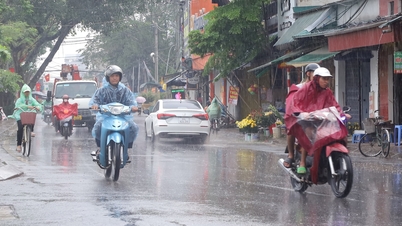











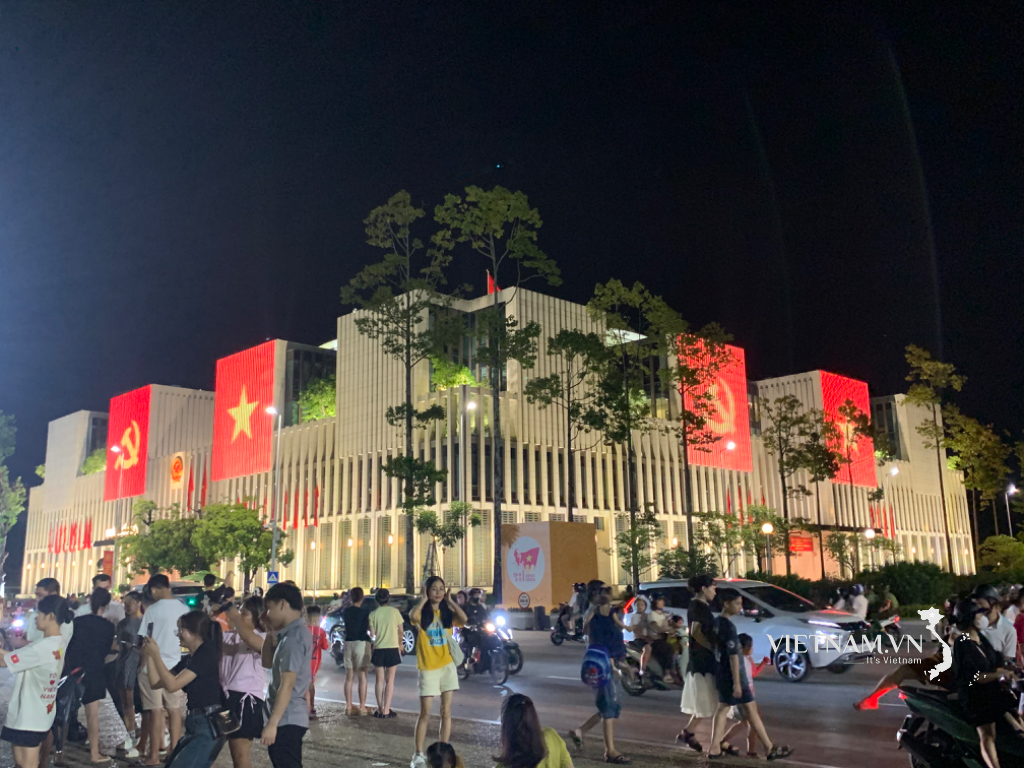


Comment (0)